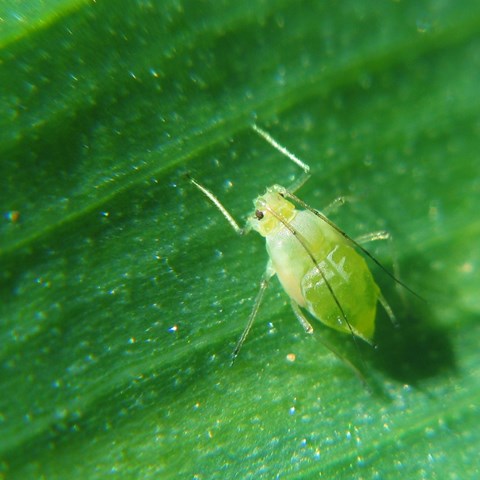Background
Since 1999 disposal to land of surplus spray or washings that does not take place "in the crop" has required a "Groundwater Authorisation" from the local environment agency office. Further waste regulations were introduced in 2006 which prohibit the buringor burial of pesticide containers in England and Wales. Similar arrangements apply in Northen Ireland and Scotland.
There are five types of waste that may be generated:
- Surplus Spray and Washings (interior/exterior)
- Empty containers and packaging
- Waste from spills
- Unwanted/unapproved pesticides
- Personal Protective Equipment (PPE)
To reduce disposal costs the best approach is in minimize waste production at source. Non-hazardous waste is less expensive to dispose of.
- Order sufficient product to do the job in hand and no more;
- Buy products in the largest practical container sizes and consider returnable packs;
- Store products in good order;
- Choose products which minimise or eliminate contaminated packaging waste.

